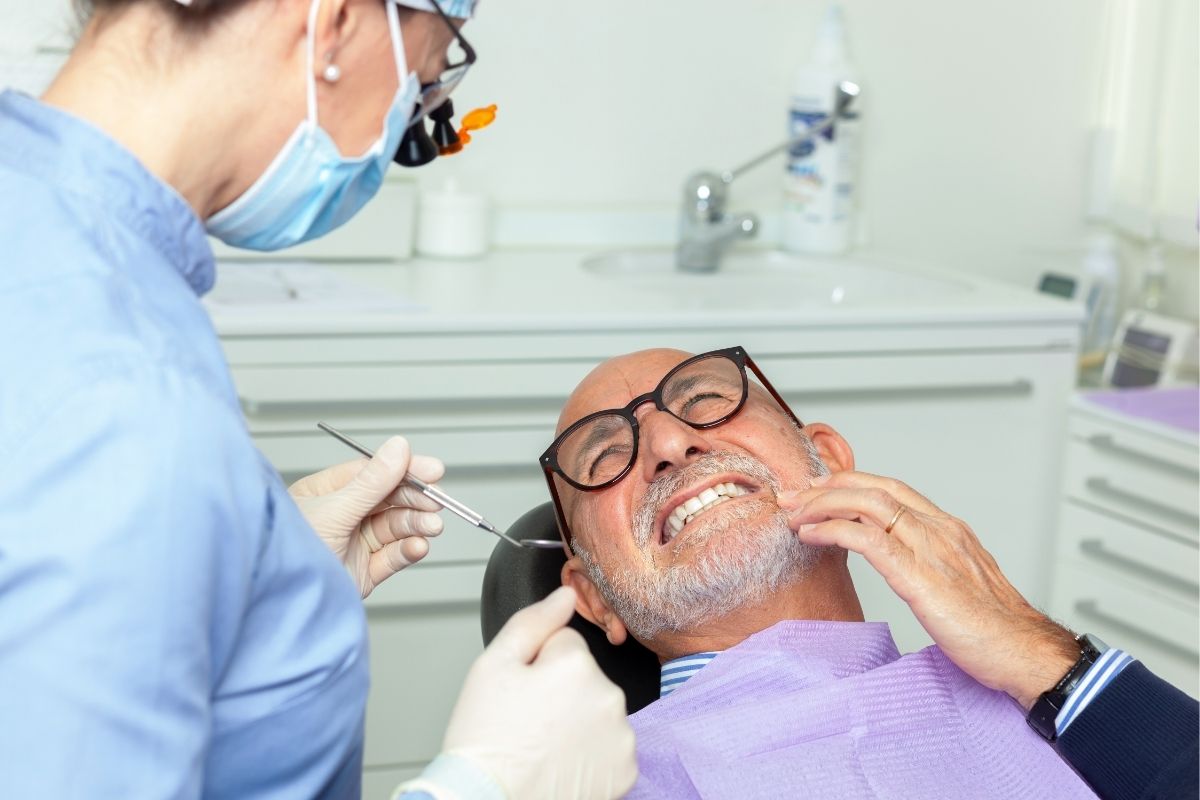Is Invisalign covered by dental insurance? Yes, many dental insurance plans cover Invisalign treatment as part of their orthodontic benefits. However, the extent of coverage can vary depending on the specific plan you’ve chosen. Nowadays, insurance companies recognize the importance of Invisalign beyond cosmetic purposes. It’s increasingly seen as a necessity due to its impact on bite, teeth positioning, and even conditions like sleep apnea. In this article, we’ll explore how dental insurance covers Invisalign, what to expect from your coverage, and how to navigate the process.
Understanding Dental Insurance Coverage for Invisalign

The Shift Towards Recognizing Necessity
In the past, Invisalign treatment was often viewed as purely cosmetic and not typically covered by dental insurance. However, there has been a notable shift in recent years. Insurance companies now acknowledge the functional benefits of Invisalign beyond just aesthetics. Issues like misalignment can affect bite, jaw health, and even contribute to conditions like sleep apnea. As a result, many insurance plans now provide coverage for Invisalign treatment, albeit with varying degrees of coverage.
Coverage Limitations and Variations
While dental insurance covering Invisalign is becoming more common, it’s essential to understand the limitations and variations in coverage. The extent of coverage can vary significantly depending on your insurance plan. Some plans may cover a portion of the treatment costs, while others may offer more comprehensive coverage. It’s crucial to review your insurance policy carefully to understand what is covered and any out-of-pocket expenses you may incur.
Maximum Coverage Limits
An important factor to keep in mind is the maximum coverage limit designated for Invisalign treatment within your insurance plan. Insurance providers usually establish a cap on the amount they will reimburse for orthodontic procedures, which includes Invisalign treatment. This ceiling on coverage can fluctuate significantly, ranging from modest amounts to as high as $4,000 or beyond for Invisalign treatment. However, it’s crucial to meticulously review the details of your insurance policy to ascertain the precise maximum coverage limit. Doing so ensures you’re fully informed and prepared, preventing any unforeseen financial implications.
Checking Your Coverage
If you’re considering Invisalign treatment and have dental insurance, it’s essential to verify your coverage before proceeding. Contact your insurance provider or dental office to inquire about your coverage details. They can help you understand the extent of coverage, any limitations, and potential out-of-pocket expenses. Additionally, they can assist in navigating the insurance claims process to ensure you receive the maximum benefits available.
Exploring Your Options
If your dental insurance provides only partial coverage for Invisalign treatment or if you lack insurance altogether, there’s no need to lose hope. Various avenues exist to make Invisalign treatment more financially feasible. Numerous dental practices provide flexible payment arrangements or financing solutions, allowing you to manage the expenses over time. Furthermore, certain dental discount plans extend discounted rates for orthodontic treatments, such as Invisalign, further easing the financial burden.
In Summary

Dental insurance covering Invisalign is becoming increasingly common, reflecting a shift in perception toward recognizing its functional benefits. While coverage may vary depending on your insurance plan, it’s essential to understand your coverage limitations and explore alternative options if needed. By understanding your insurance coverage and exploring available options, you can make informed decisions about your Invisalign treatment journey. If you have any questions or need assistance, feel free to contact Indian Trail Dental today.




